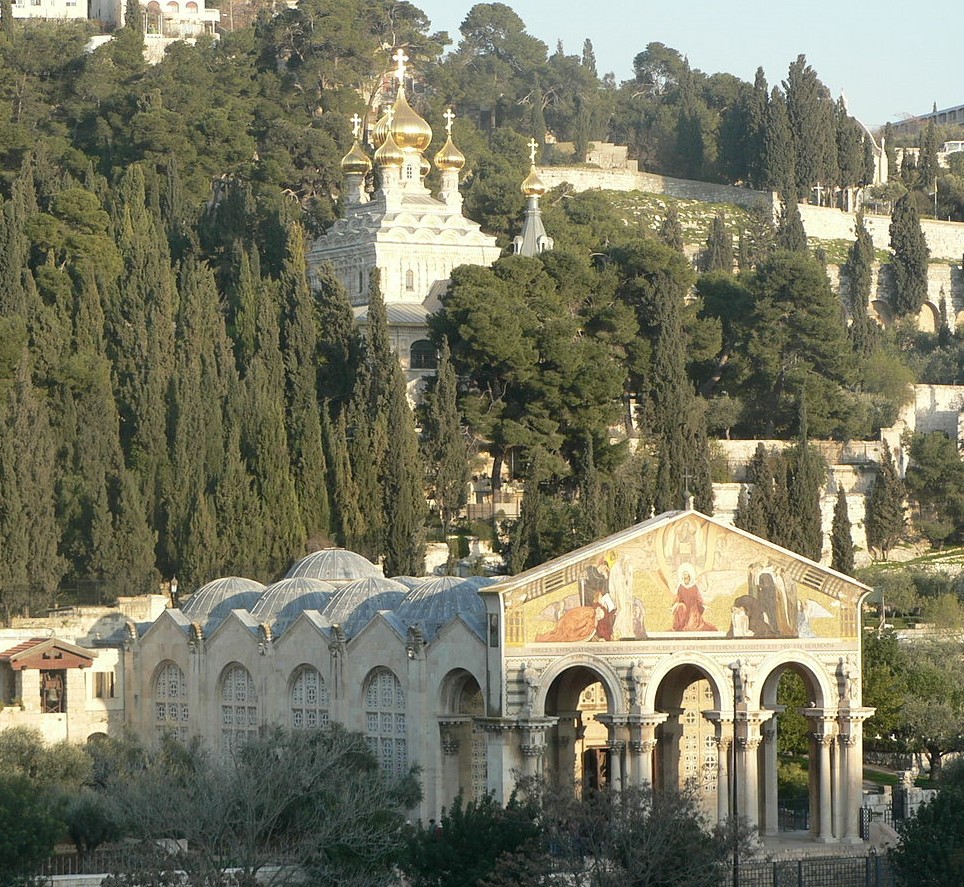The Olive Trees of Christ

Gethsemane is the garden where, according to Christian tradition, Jesus prayed his last prayer and was tormented the night before his crucifixion, and also where he was betrayed by Judas Iscariot who handed him over to the Romans. According to the New Testament, the garden was a meeting place for Jesus and his disciples, who used to gather and seclude themselves there even before the last fateful night.
The name of the place indicates that during the Second Temple period it was apparently used for the production of wine and olive oil. The garden is located at the bottom of the Mount of Olives near the Kidron valley, and to this day many olive trees grow in its vicinity.
The location of Gethsemane was first identified in the Byzantine period, and a basilica was built there to commemorate the important events that took place there. During the Crusader period, another, much larger church was built, which was destroyed by the Muslims after the fall of the Kingdom of Jerusalem. Today the Church of All Nations, also known as the Church of Sorrow or the Church of Agony, resides in Gethsemane. The church was designed by the Italian architect Antonio Barluzzi and inaugurated in 1924. The money for its construction was donated by several countries, hence its name. During the construction of the church, remnants of the churches that preceded it were discovered, including a mosaic floor that was preserved and can be seen today integrated into the floor of the new church. Inside the church is the bedrock on which Jesus prayed and wept, surrounded by a low iron fence reminiscent of the crown of thorns.
Next to the church stretches a well-kept garden with ancient olive trees that have thick and entangled trunks. Tests conducted on the trees revealed that they are hundreds of years old, and it is possible that some of them were even planted about 1500 years ago or more. One of the newer trees in the garden was planted by Pope Paul VI in 1964, during his visit to the Holy Land.
The sight of the magnificent facade of the Church of All Nations against the Mount of Olives that stretches behind it, and especially the Russian Church of Mary Magdalene with its golden onion domes, is one of the best known and most photographed in Jerusalem.

(Anecdote authored by: עמיר)
(Number of views: 45)
